No products in the cart.
Return To Shop
Menu
Categories
- Anti Malarial
- Dermal fillers
- Chemical Peels
- Nephrology Segment
- Kidney / Liver Care
- Anti Cancer
- Altus Product's
- Pharmaceutical Products
- Anti Fungal
- Hepatitis
- Beauty & Skin Care
- Asthma
- Modafinil
- Urology Segment
- Thyroid Care
- Armodafinil
- HIV Medicines
- Weight Loss
- Naltrexone
- Anti Emetic
- Neuropathic Pain
- Mens Health
- Hair Loss
- Pain Relief
- HCG Injections
- Quit Smoking
- Pharmaceutical Vaccine
- Best Selling Products
- Anti Viral
- Bimatoprost
- Antibiotics
- Women's Health
- Cetaphil
- Botulinum
- Diabetes
- Human Albumin
Wishlist
0
Sign in
Login
Register
- Anti-Cancer
- Armodafinil
- Bimatoprost
- Botulinum
- Dermal Fillers
- Hepatitis
- Mens-health
- Modafinil
- Naltrexone
- ANTI EMETIC
- Altus Product’s
- Anti Fungal
- Anti Malarial
- Anti Viral
- Antibiotics
- Asthma
- Beauty & Skin Care
- Cetaphil
- Chemical Peels
- Diabetes
- Hair Loss
- HCG Injections
- HIV Medicines
- Human Albumin
- Kidney / Liver Care
- Neuropathic Pain
- Pain Relief
- Pharmaceutical Products
- Pharmaceutical Vaccine
- Quit Smoking
- Thyroid Care
- Weight Loss
- Women’s Health
Shop and get discounts
Worldwide Shipping
Menu
Categories
- Anti Malarial
- Dermal fillers
- Chemical Peels
- Nephrology Segment
- Kidney / Liver Care
- Anti Cancer
- Altus Product's
- Pharmaceutical Products
- Anti Fungal
- Hepatitis
- Beauty & Skin Care
- Asthma
- Modafinil
- Urology Segment
- Thyroid Care
- Armodafinil
- HIV Medicines
- Weight Loss
- Naltrexone
- Anti Emetic
- Neuropathic Pain
- Mens Health
- Hair Loss
- Pain Relief
- HCG Injections
- Quit Smoking
- Pharmaceutical Vaccine
- Best Selling Products
- Anti Viral
- Bimatoprost
- Antibiotics
- Women's Health
- Cetaphil
- Botulinum
- Diabetes
- Human Albumin
Wishlist
0
0
Cart
$0.00
0
No products in the cart.
Return To Shop Shopping cart (0)
Subtotal: $0.00
Worldwide Shipping
Rated 5.00 out of 5 based on 3 customer ratings
(3 customer reviews)
Compare
Please, enable Compare.
SKU: N/A
Category: Beauty & Skin Care
$154.77 – $948.55Price range: $154.77 through $948.55
Have questions?
Our experts are ready to help.
Call : +91 9002 1002 33
Benoquin 40 Jar | Monobenzone 40% Cream
| COUNTRY OF ORIGIN | India |
|---|---|
| DOSAGE FORM | Cream |
| EQUIVALENT BRAND | Benoquin Cream |
| GENERIC NAME | Monobenzone |
| INDICATION | Vitiligo, lighten the skin |
| MANUFACTURER | Brinton Pharmaceuticals Pvt Ltd |
| PACKAGING | 100 gm in 1 jar |
| COMPOSITION | Monobenzone (40% w/w) |
| PACK SIZE | 3 Jar/s, 6 Jar/s, 9 Jar/s, 25 Jar/s |
PRODUCT INTRODUCTION
Benoquin 40 Jar is used for depigmentation. It is used to permanently lighten the skin in people with extensive vitiligo. It works by increasing the elimination of melanin from skin cells.
Benoquin 40% Jar is for external use only. You should always use it exactly as your doctor has told you. You must wash your hands thoroughly before and after applying this medicine. This medicine should be used regularly to get the most benefit from it. Do not use more than you need as some side effects may be increased.
Benoquin Cream has a few potential side effects but not everyone will get them. These may include application site reactions like burning, irritation, itching, and redness. Serious allergic reaction to this drug is rare but let your doctor know if you’re bothered by side effects or they do not go away. Make sure you read the instructions that come with your medicine. Avoid contact with eyes. In case of accidental contact, you should rinse your eyes thoroughly with water.
You can start applying Benoquin Cream to a small portion of unbroken skin or near the pigmented area for a period of several days for checking allergic reaction. You should discontinue it if itching, excessive inflammation, or swelling occurs. Pregnant or breastfeeding women should also consult their doctor before taking this medicine. If no improvement is seen after two months of treatment, the use of this product should be discontinued.
USES OF BENOQUIN CREAM
- Vitiligo
BENEFITS OF BENOQUIN CREAM
In Vitiligo
Vitiligo is a condition in which the skin loses its natural color in patches. Cream effectively blocks that process in the skin that leads to discoloration. It also reduces any redness, rash, pain or itchiness that may be caused in this condition. This improves your self-esteem and confidence as your appearance changes. You should always use it as prescribed to get the full benefits.
Understanding Vitiligo: Causes, Symptoms, and Diagnosis
Vitiligo is a skin disorder characterized by the loss of pigmentation, resulting in the development of white patches on the skin. While its exact cause is not fully understood, it is believed to be related to an autoimmune response that targets melanocytes, the cells responsible for producing melanin. Commonly occurring on the face, hands, and other areas, vitiligo can be emotionally distressing for those affected. Recognizing the early signs and symptoms, such as depigmented patches, is crucial for timely diagnosis and treatment. Dermatologists employ various methods, including visual examination and specialized lighting, to diagnose vitiligo accurately.
Vitiligo Treatment Options: Addressing Skin Depigmentation
Vitiligo treatment options are essential for individuals affected by this skin condition characterized by the loss of skin pigmentation. The primary goal of treatment is to manage or slow down the progression of depig mentation. Various approaches exist, ranging from medical interventions like topical corticosteroids and phototherapy to surgical options, such as skin grafting. Treatment choices are often tailored to the individual’s needs, preferences, and the extent of their vitiligo. Consulting with a dermatologist is essential to explore the most suitable treatment option and create a personalized plan for addressing the depig mentation.
Monobenzone Cream: Understanding Its Use in Skin Depigmentation
Monobenzone cream is a dermatological product primarily used for skin depigmentation purposes. It contains monobenzone as its active ingredient, which is known for its ability to lighten the skin by reducing melanin production in the treated areas. This depig mentation effect makes monobenzone cream a common choice for individuals seeking to address conditions such as hyperpigmentation, melasma, and uneven skin tone. It’s crucial to understand the intended use of monobenzone cream and consult with a healthcare professional to ensure its safe and appropriate application.
Vitiligo Creams: Targeted Solutions for Skin Depigmentation
Vitiligo creams are specialized skincare products designed to address the challenging issue of skin depig mentation associated with vitiligo. These creams often contain active ingredients that work to stimulate melanin production in the depigmented areas of the skin, helping to even out skin tone and reduce the contrast between affected and unaffected areas. Vitiligo creams represent targeted solutions for those seeking to manage the condition non-invasively. While they may not provide a cure, they offer a valuable option for individuals looking to improve their skin’s appearance and boost their self-confidence.
Understanding Benoquin: Uses and Applications in Dermatology
Benoquin is a pharmaceutical product with applications in the field of dermatology. Its primary use is to treat conditions related to skin pigmentation. It is often employed in cases of vitiligo, a skin disorder characterized by the loss of pigmentation in certain areas, leading to white patches on the skin. Benoquin contains monobenzone, a depigmenting agent that can help even out skin tone by lightening the color of the surrounding skin. While Benoquin has been effective in treating vitiligo, its use is typically restricted to areas with depig mentation, and it should only be used under the guidance of a healthcare professional.
Benoquin Cream: Understanding Its Uses in Dermatology
Benoquin cream is a product commonly used in the field of dermatology. It is primarily employed in the treatment of skin conditions related to pigmentation. One of its notable applications is in the management of vitiligo, a skin disorder characterized by the loss of melanin in certain areas, resulting in depigmented patches. It contains monobenzone, a depigmenting agent that helps equalize skin tone by lightening the color of the surrounding skin, thus reducing the contrast between depigmented and normally pigmented areas. Its use in dermatology is specialized and should be carried out under the supervision of a healthcare professional.
SIDE EFFECTS OF BENOQUIN CREAM
Most side effects do not require any medical attention and disappear as your body adjusts to the medicine. Consult your doctor if they persist or if you’re worried about them
Common side effects of Benoquin
- Application site reactions (burning, irritation, itching and redness)
HOW TO USE BENOQUIN CREAM
This medicine is for external use only. Use it in the dose and duration as advised by your doctor. Check the label for directions before use. Clean and dry the affected area and apply the cream. Wash your hands after applying, unless hands are the affected area.
HOW BENOQUIN CREAM WORKS
It is a depigmenting agent. It works by increasing the elimination of melanin (skin darkening pigment) from skin cells. This helps lighten the skin in vitiligo.
SAFETY ADVICE

Alcohol
No interaction found/established

Pregnancy
CONSULT YOUR DOCTOR
It may be unsafe to use during pregnancy. Although there are limited studies in humans, animal studies have shown harmful effects on the developing baby. Your doctor will weigh the benefits and any potential risks before prescribing it to you. Please consult your doctor.

Breast feeding
CAUTION
It should be used with caution during breastfeeding. Breastfeeding should be held until the treatment of the mother is completed and the drug is eliminated from her body.

Driving
No interaction found/established

Kidney
No interaction found/established

Liver
No interaction found/established
WHAT IF YOU FORGET TO TAKE BENOQUIN CREAM?
If you miss a dose of Benoquin Cream, apply it as soon as possible. However, if it is almost time for your next dose, skip the missed dose and go back to your regular schedule. Do not double the dose.
| Pack Size | 3 Jar/s, 6 Jar/s, 9 Jar/s, 25 Jar/s |
|---|
3 reviews for Benoquin 40 Jar | Monobenzone 40%
Add a review Cancel reply
Related products
Buy Ahaglow S Foaming Face Wash | Glycolic acid
From: $68.57Buy Candid Cream | Clotrimazole
From: $29.88Buy Clindac A Gel | Clindamycin Phosphate
From: $39.00Buy Biluma Advance Day Cream 50gm Online
From: $95.06Biluma Advance Face Wash for Skin Brightening
From: $58.51Buy A Ret 0.05% Gel | Tretinoin 0.05%
From: $29.94People also bought
-
Benoquin 40 Cream | Monobenzone 40%
From: $154.77 - From: $38.38
- From: $40.05
-
Aziderm 10% Cream 15gm | Azelaic Acid 10%
From: $39.26
Our Services
Shipping
Shipping at Discounted Price
Money Returns
Return Within 30 Days
Secure Payment
Safe & Secure Payment
Support 24/7
Contact 24 Hours Day
Benoquin 40 Cream
From: $182.45


Benzac AC 2.5% Gel | Benzoyl P...
From: $35.61
More
More
- Anti-Cancer
- Armodafinil
- Bimatoprost
- Botulinum
- Dermal Fillers
- Hepatitis
- Mens-health
- Modafinil
- Naltrexone
- ANTI EMETIC
- Altus Product’s
- Anti Fungal
- Anti Malarial
- Anti Viral
- Antibiotics
- Asthma
- Beauty & Skin Care
- Cetaphil
- Chemical Peels
- Diabetes
- Hair Loss
- HCG Injections
- HIV Medicines
- Human Albumin
- Kidney / Liver Care
- Neuropathic Pain
- Pain Relief
- Pharmaceutical Products
- Pharmaceutical Vaccine
- Quit Smoking
- Thyroid Care
- Weight Loss
- Women’s Health

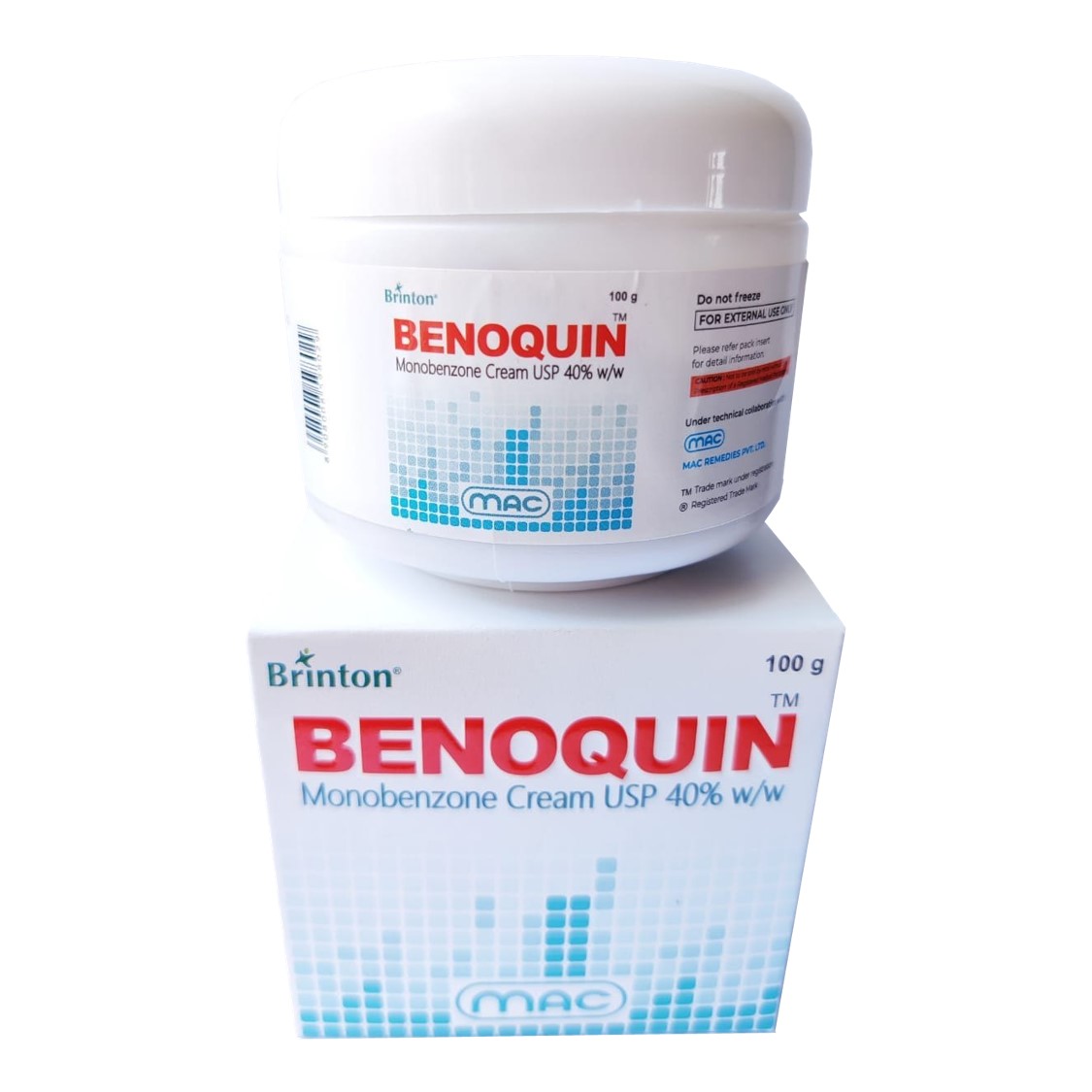
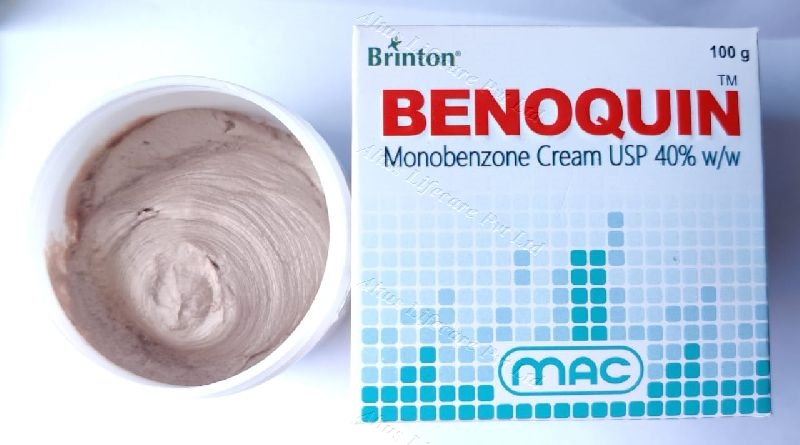

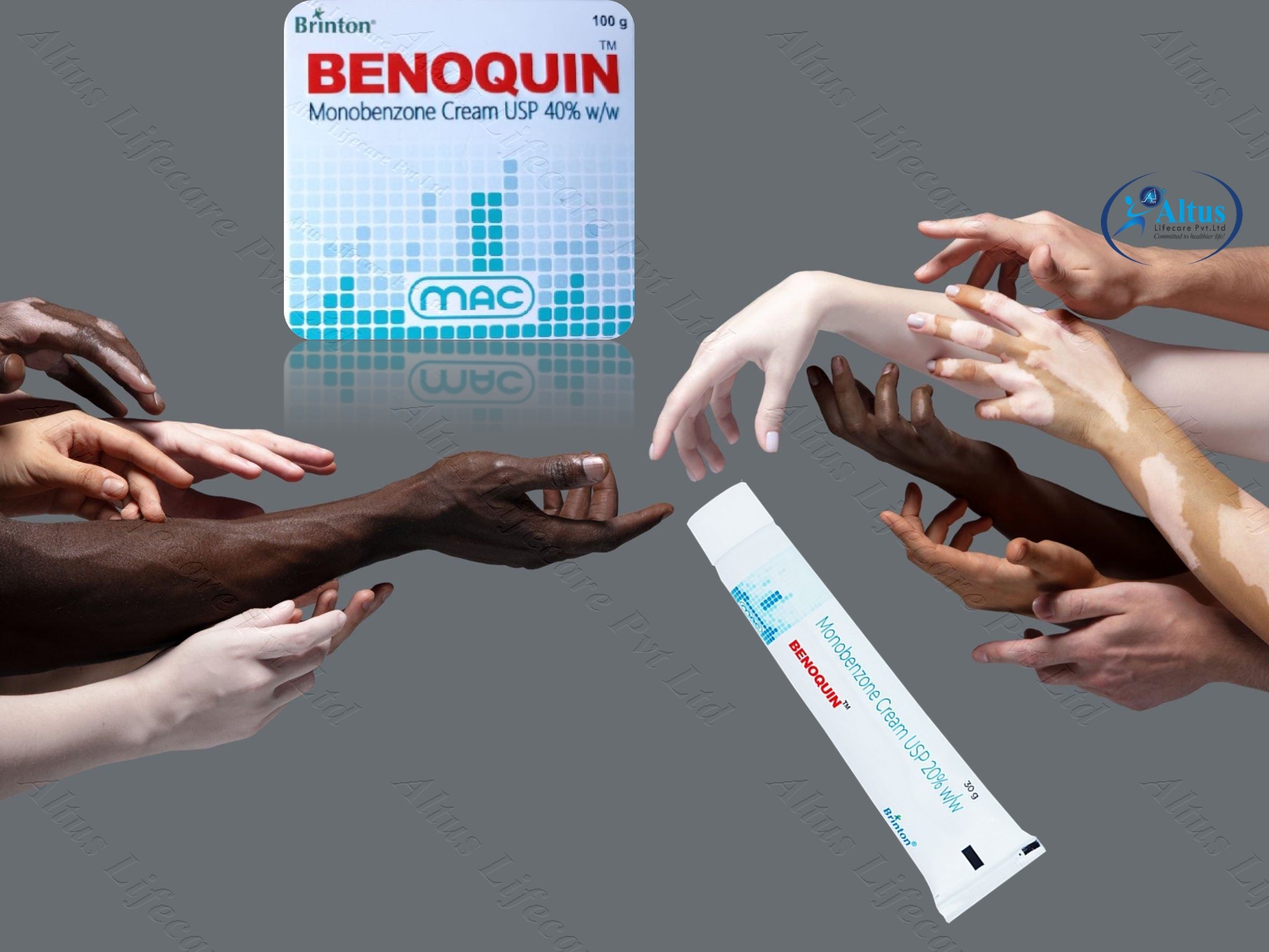
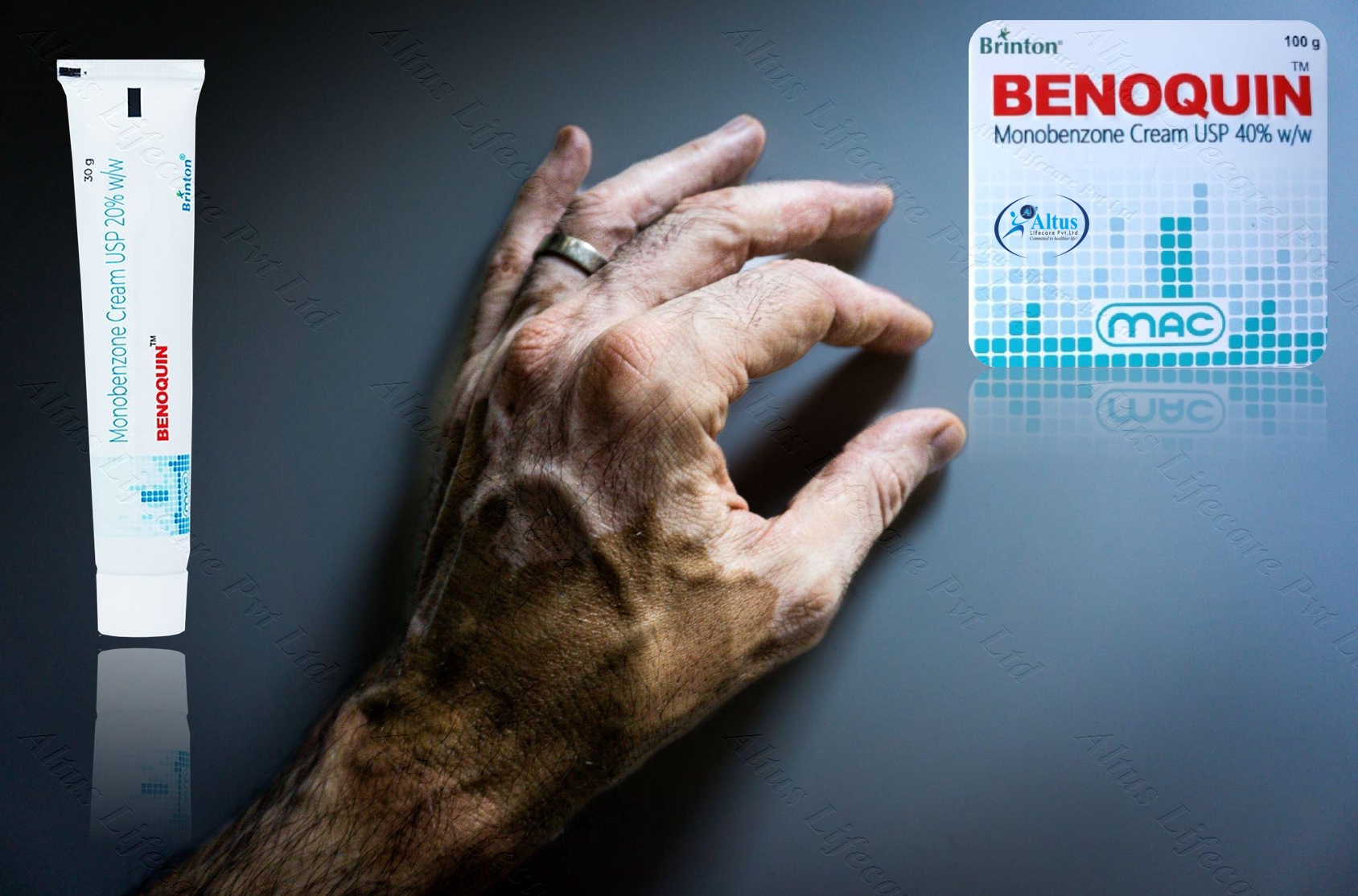
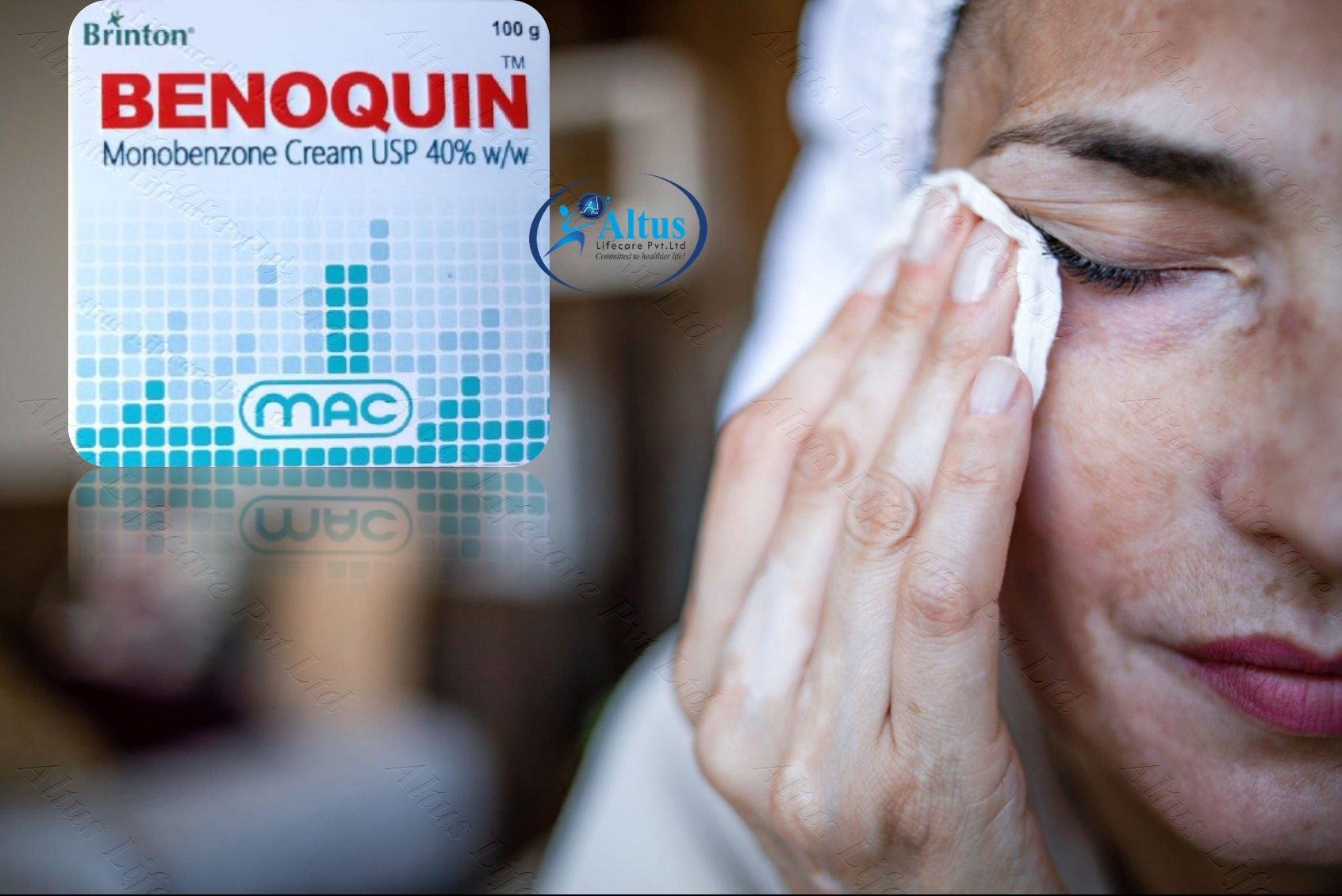
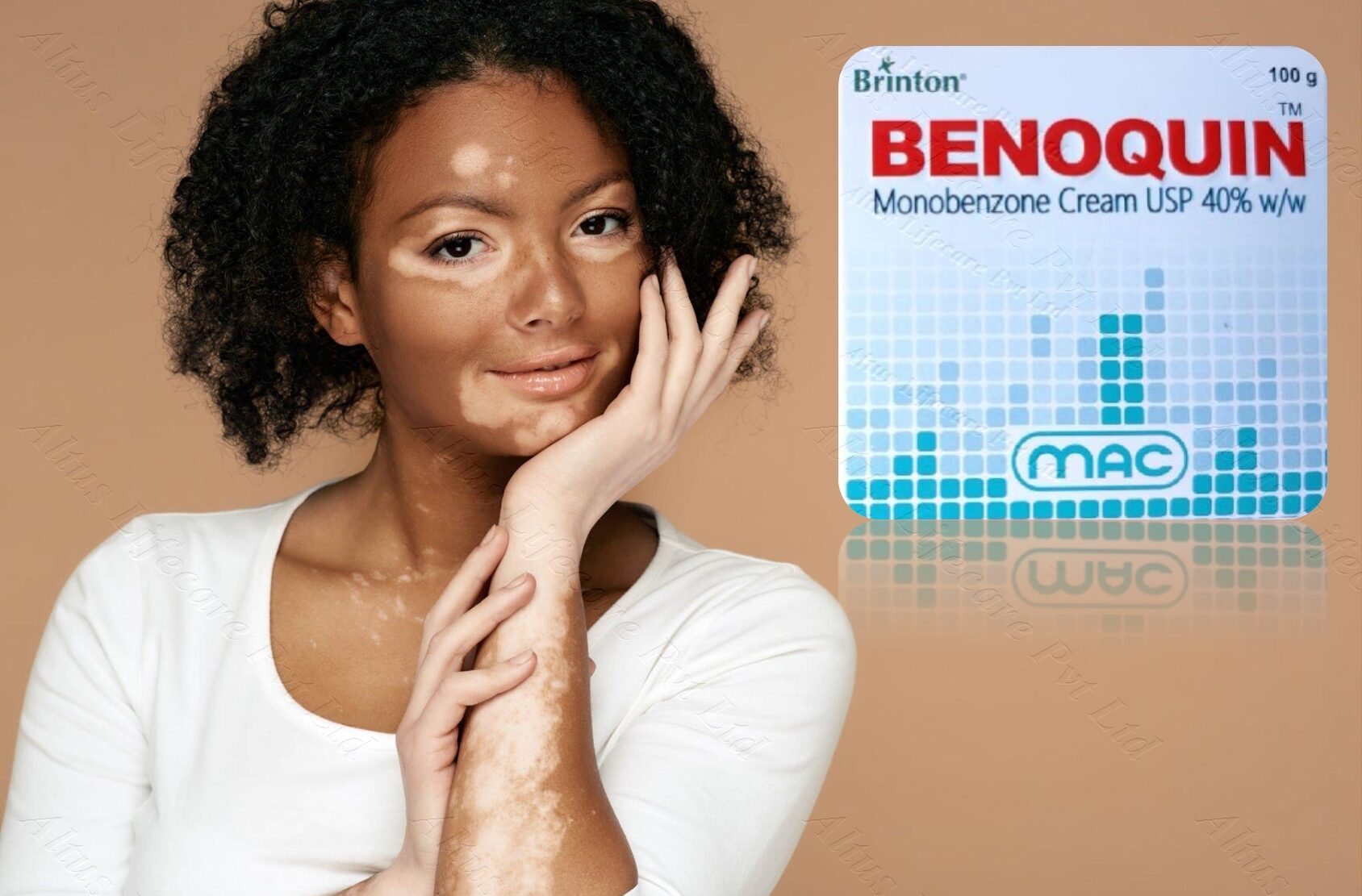






















Brenda (verified owner) –
“Brightened my complexion without any irritation. A win-win!”
Lisa (verified owner) –
“This skin brightening formula is a staple in my routine. Bright and beautiful!”
Andrea (verified owner) –
“Obsessed with how this product transformed my skin from dull to dazzling.”